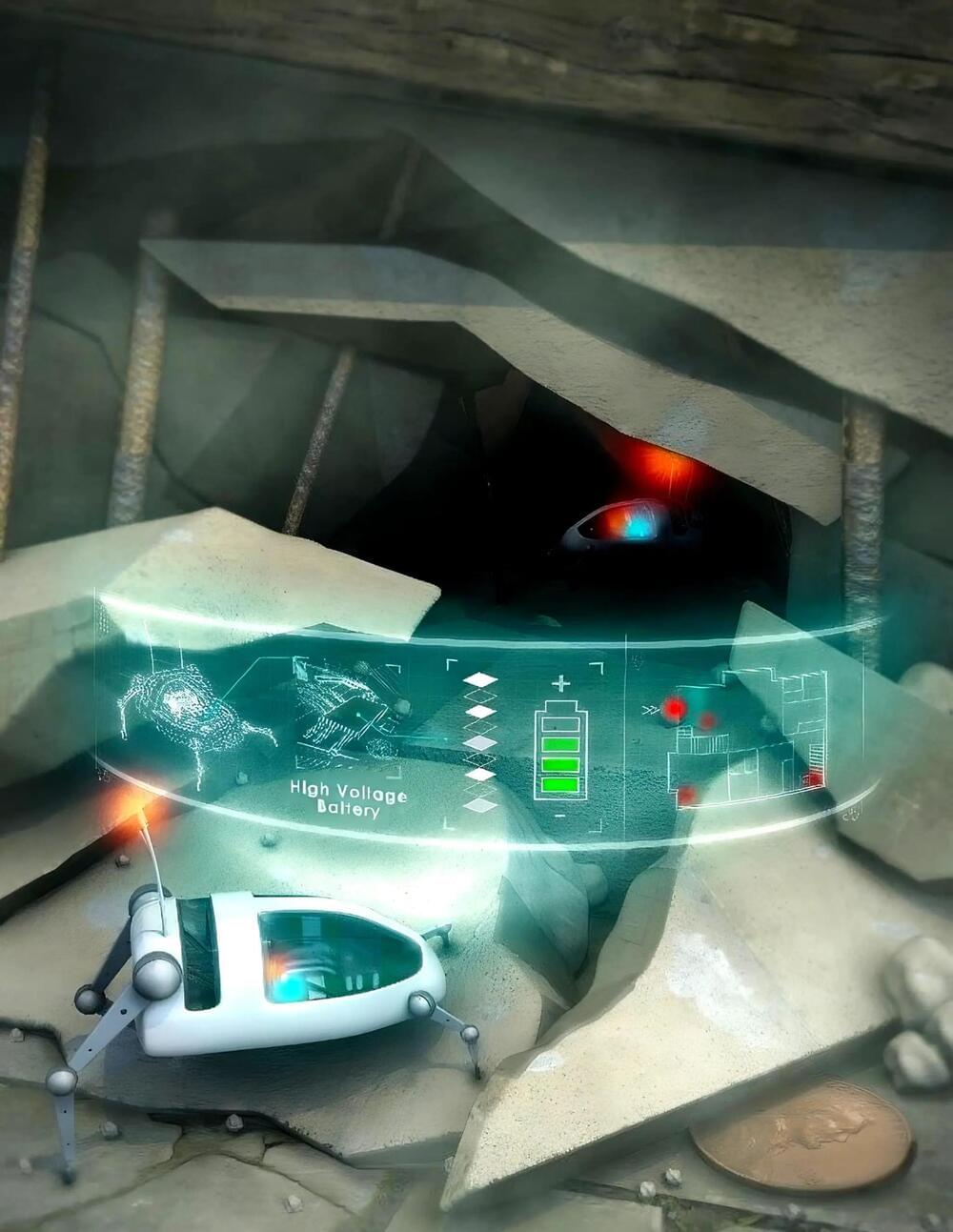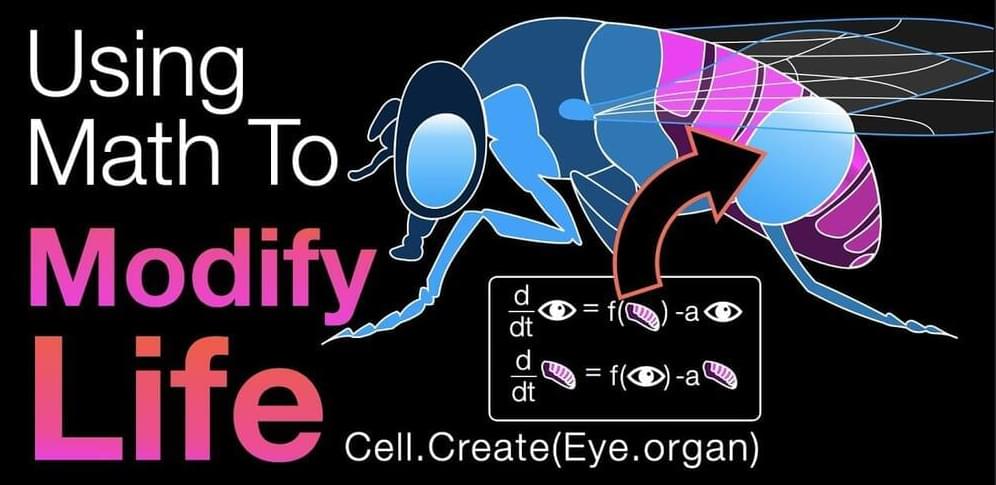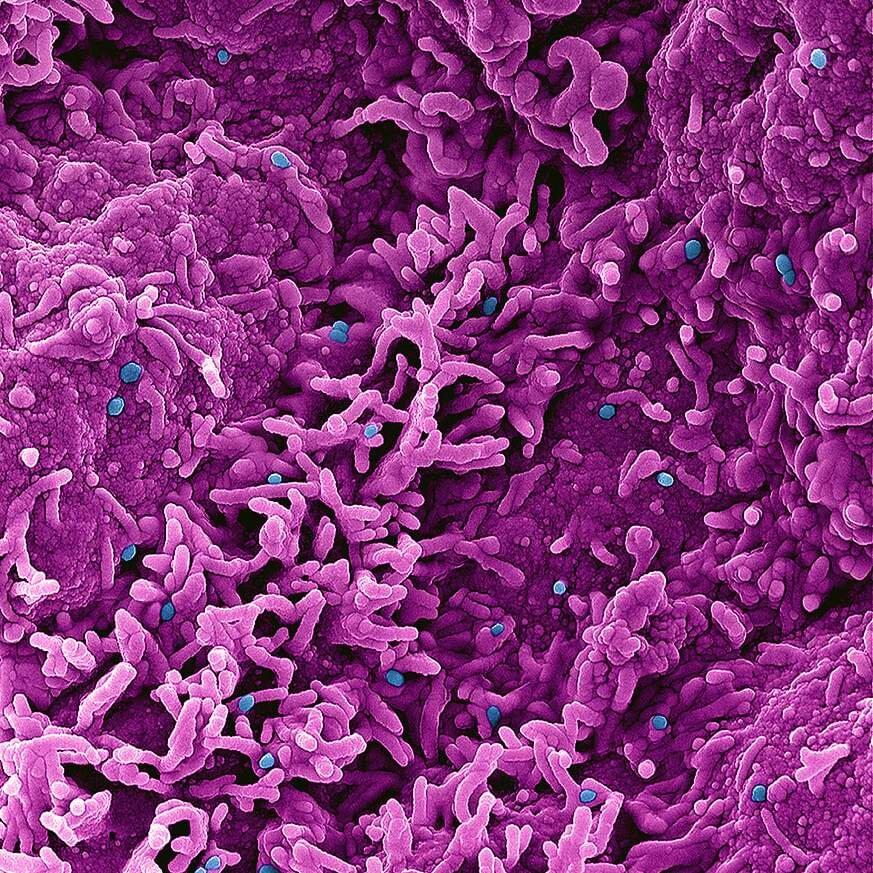Feb 27, 2023
3D bioprinting inside the human body could be possible thanks to new soft robot
Posted by Omuterema Akhahenda in categories: 3D printing, bioengineering, bioprinting, biotech/medical, robotics/AI
Engineers from UNSW Sydney have developed a miniature and flexible soft robotic arm which could be used to 3D print biomaterial directly onto organs inside a person’s body.
3D bioprinting is a process whereby biomedical parts are fabricated from so-called bioink to construct natural tissue-like structures.
Continue reading “3D bioprinting inside the human body could be possible thanks to new soft robot” »
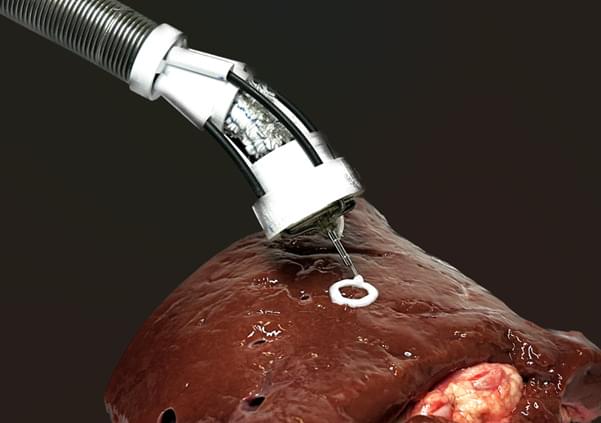
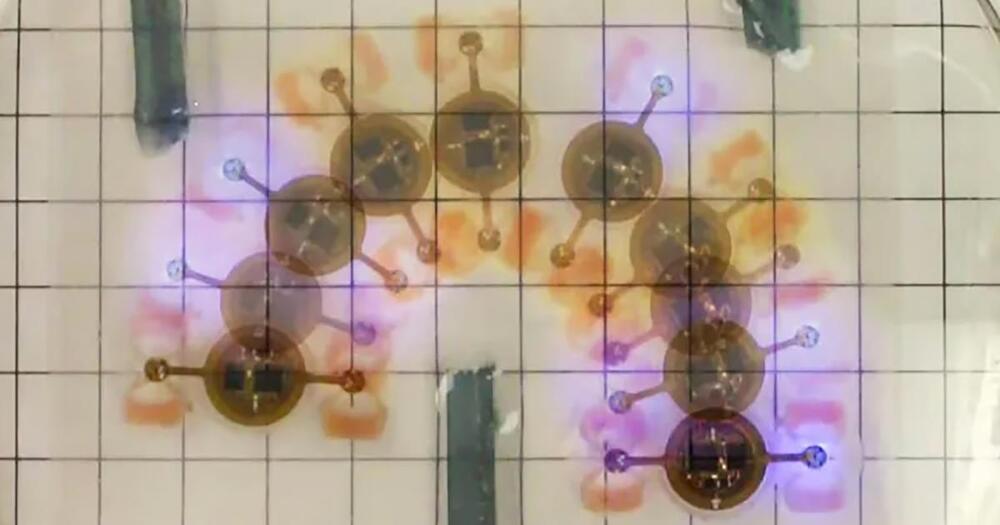

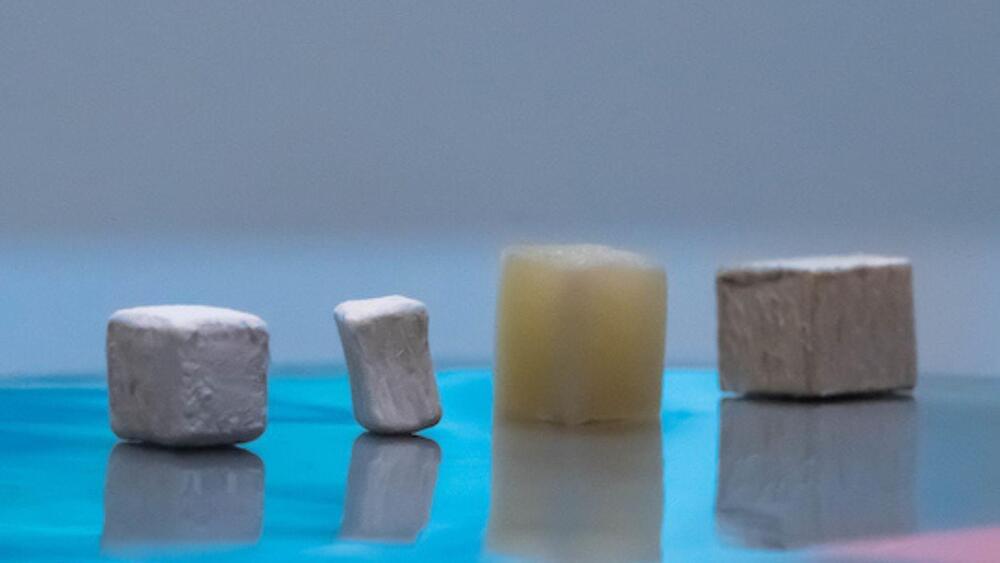
 Watch this next video about the Future of Artificial Intelligence (2030 — 10,000 A.D.+):
Watch this next video about the Future of Artificial Intelligence (2030 — 10,000 A.D.+): 